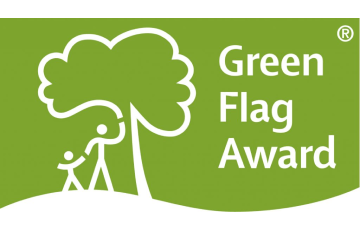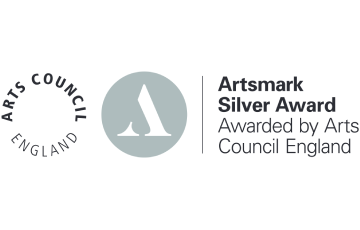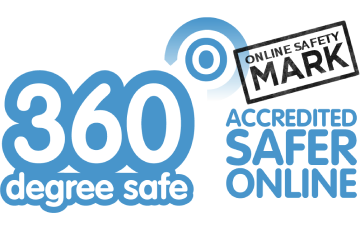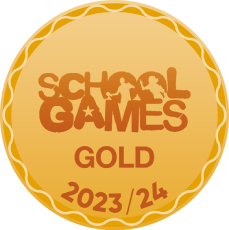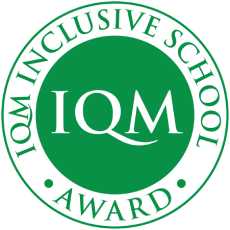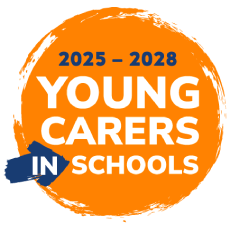- Home
- Classes
- All About Lyme
- Our School
- Vision and Values
- Prospectus
- Staff
- Breakfast and After School Club
- Corporate Social Responsibility
- Online Safety
- Pastoral Support
- Rights Respecting School
- School Holiday Dates 2025-26
- School Meals
- School Opening Times
- SEN and Adaptive Teaching at Lyme
- Uniform
- Wrap Around Care at Lyme
- Young Carers
- Activities
- Extra Curricular Activities
- Academic Enrichment
- Forest School
- Easter Journey for Y5
- Send My Friend to School Campaign
- World Book Day 2019
- Lyme's Anti-Bullying Video
- Staying Safe Online!
- Extreme Reading
- HEALTH AND WELL-BEING WEEK 2019
- SPORTS DAY 2019
- ARTS WEEK 2019
- SCIENCE CLUB 2019
- SCIENCE WEEK 2019
- Learning Challenge Curriculum Exhibition
- Sports Relief 2018
- Social Enrichment
- Residentials and Trips
- School Money
- School Spider Parent App Guide
- Governors
- Curriculum
- Newsletters
- Parent Voice
- Pupil Leadership
- Safeguarding
- Statutory Information
- Pupil Voice
- Contact
Spelling
SPELLING AT LYME
Subject Leader Introduction
Hello, I am Miss Hope and I am the subject lead for spelling at Lyme. I believe that good spelling underpins a child’s enjoyment, confidence and accuracy in writing. When a child lacks confidence and fluency in spelling it can form a barrier when writing across the curriculum. It can also impact on self-confidence and can limit outcomes in writing at the end of KS2. Spelling is an essential skill which allows children to clearly communicate their understanding in writing.
Intent
At Lyme, we believe that all our children can become fluent, confident and competent spellers. We encourage our pupils to think and write creatively, be adventurous with their use of language and to write with clear purpose and for pleasure. In order for these aims to be realised, it is essential that our pupils learn the knowledge and skills to spell accurately. We want our pupils to be equipped with the knowledge and range of strategies for learning spelling and to be able to apply their strategies when spelling words in their writing.
To ensure this happens, we follow the DfE Validated synthetic phonics programme (SSP) called FFT Success for All Phonics from FFT from FS to Y3 (refer to the Phonics area on our website for further information). This academic year, we have introduced Ready Steady Spell to Y4, Y5 and Y6. This is a systematic spelling programme which covers all the National Curriculum objectives in a cyclical way.
The progression document systematically develops children’s understanding of morphological and phonological spelling knowledge and rules, as appropriate, and builds upon previous learning in an incremental manner as they move through school. Children are also taught a range of engaging and interactive strategies which can be used to support recall of spellings and moving spellings into the Long Term Working Memory. Ready Steady Spell also supports in transition into Y6 through the use of spelling journals, children identifying own misspelling and the teaching of editing skills etc in Year 6 term 2.
Miss Hope, one of our English Leads, is responsible for Ready Steady Spell, monitoring and supporting the practice and ensuring the high quality teaching of the programme.
Implementation
Years 4 -6
Lessons
· Spelling is taught 3 times per week. This begins in the first week of the Autumn term.
· Built into the programme is a review session every Friday, alongside regular review and assessment weeks, so that we have a clear understanding of where our children are at and what further teaching they may need to allow them early success.
· The daily sessions include a clear 4 part lesson, Revisit/Revise, Teach, Practise and Apply and cover Statutory Word List words, strategies to support remembering the spellings, teaching of rules where appropriate and application into writing.
· In summer 2 for Year 4, and Spring 1 and 2 and Summer 1 terms for Year 6, revision weeks are built into Ready Steady Spell which link directly to the end of KS2 content domains.
· In Year 6 Summer 2 term Ready Steady Spell provides support for transition and children identifying their own misspellings, using spelling journals, editing writing etc.
· We follow the Ready Steady Spell progression document through Years 3 - 6 which covers all the National Curriculum (2014) expectations and clearly sets out what is to be taught and when.
· The objectives are returned to within and across year group three times to ensure that spellings are embedded
· We have a weekly spelling test at the end of each week. This is in addition to the lesson. The spellings are set out within the programme and are based upon what has already been taught and Statutory Word List Words for the week. Children will not be asked to spell word they have not previously been taught and exposed to.
· We send home words weekly for the spelling tests and the strategies that have been suggested to support their learning. These will be discussed, explained and shared with parents so that home school links can be developed and so that parents are clear on the best ways to support their child(ren) in embedding spellings.
Impact
Assessment
Formative
· Daily formative assessment is built into the Ready Steady Spell teaching sequence and the workbooks have a dedicated, daily opportunity to record formative assessment to be reinforced in the Ready Steady Spell: Go sessions
· The weekly Friday session allow opportunities to review and identify gaps in learning that will then be addressed in the Ready Steady Spell: Go additional sessions
· Ongoing observations of children during the spelling lesson to inform gaps in learning and broader application of skills and knowledge across the curriculum
Summative
· Regular five or six weekly assessments take place as identified in the Ready Steady Spell progression document. These weeks will be used to assess progress and identify children who need further group/individual support.
· The assessments will be shared with the English Lead/SLT to narrow attainment gaps between different groups of children, with a focus on the bottom 20%
Lyme Community Primary, Lyme St, Newton-le-Willows WA12 9HD



